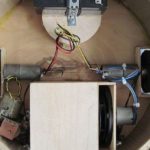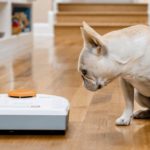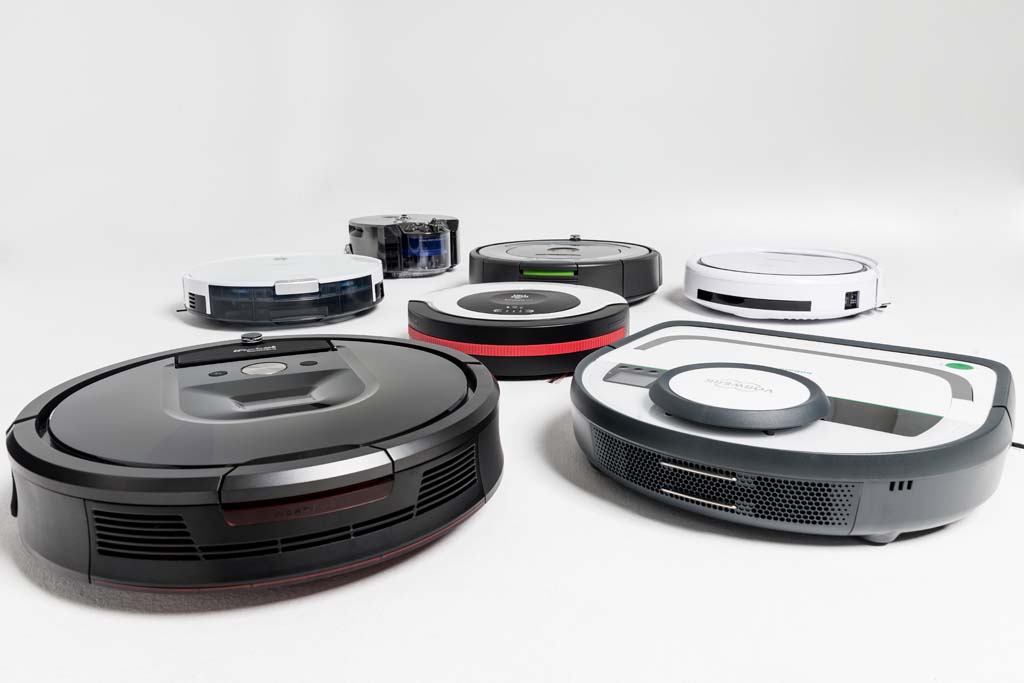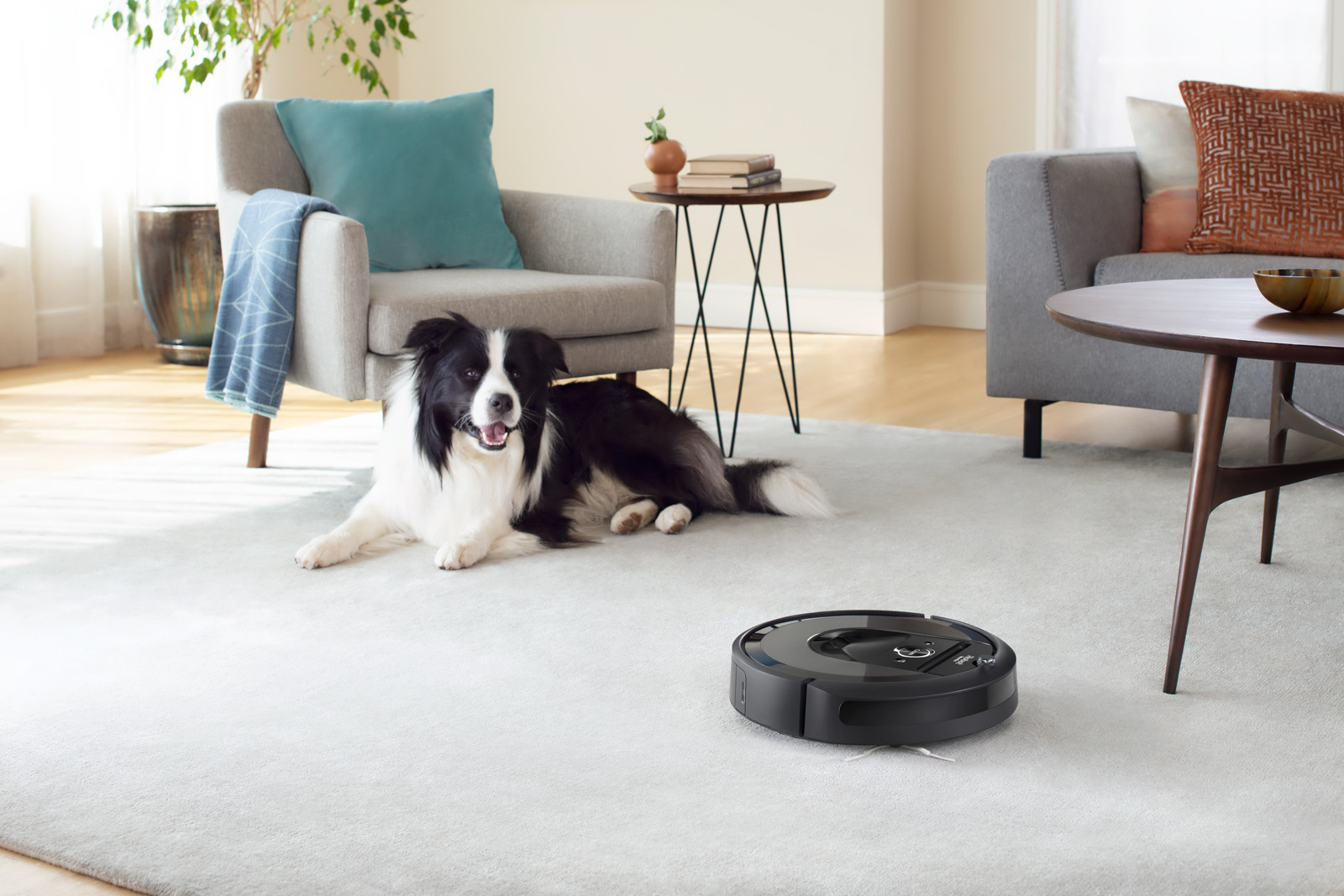Robot vacuum cleaner: how to clean
A robot vacuum cleaner has ceased to be a luxury and today more and more families prefer this device. It is extremely convenient, because it works on its own, saving time for the housewife. But when purchasing and using a robot, not all consumers ask questions about how to maintain it and how often it needs to be done.
The content of the article
How to clean a robot vacuum cleaner?
The equipment must work properly, so hygiene procedures are carried out periodically. They extend the life of the device and provide confidence in its serviceability. The robot vacuum cleaner is no exception. It needs periodic replacement of filters and cleaning of all components involved in cleaning the apartment.
Before disassembling and washing the device, be sure to read the manufacturer's instructions and recommendations.
The importance of hygiene procedures
There is nothing complicated in cleaning a robot, but it is worth devoting time to this issue more often, since everyone knows that cleanliness is the key to health. The instructions for each model contain step-by-step instructions on how to properly disassemble and wash all components.
Video reviews in which you will find information of interest are available in large quantities online.
For some popular models, there are applications that make it easy to track the current status of the vacuum cleaner. They will tell you when a hygienic procedure is required for the component parts.

Cleaning the dust bin
A clogged garbage receptacle, which is considered one of the most important elements of a vacuum cleaner, is harmful to its operation. Severe contamination leads to a decrease in power, and in difficult cases, to serious damage.
When purchasing in a store, ask a consultant to demonstrate the moment of removing the dust collector from the device.
At home we follow the step-by-step guide:
- Disconnect the robot from the power supply and remove it from the “base”.
- Remove the dust container. It can usually be easily removed without the use of any tools. You shouldn't use force if it doesn't work. It's better to contact a service center.
- Remove all dirt from the compartment and wash thoroughly with water or soapy water.
- Dry it and only then install it in the device.
If your device has a dust collector with an electric motor and does not allow you to remove it, you absolutely cannot wash it. Use a damp cloth to wipe down the walls or use a regular vacuum cleaner. The same goes for filters - they are passed over with a brush.
How to clean the turbo brush?
The quality of room cleaning depends on this element. Therefore, you need to be doubly careful about its cleanliness. For robots that include this element, a special brush – a comb – is required. It will make the process quick and simple.
Remove the turbo brush from the device. Do not try to remove even a small lint, this will disrupt the balancing of the bearings.
Remove long hair and large debris - these are the main enemies of this element.In some particularly advanced cases, it is much easier to buy and install a new turbo brush.
Cleaning the side brushes
These elements require delicate care, as they are the first to encounter all the contaminants lying on the surface. They also need to be first disconnected from the vacuum cleaner that is unplugged.
Clean them with the same comb, and then rinse under running warm water. Be sure to wipe the places where the brushes are attached, both on them and in the “body” of the robot. A large amount of dirt accumulates here.
Before replacing the brushes, be sure to dry them thoroughly.
How to clean robot wheels?
It is not difficult to wipe the side wheels on which the device moves with a damp cloth. You will have to tinker more with the rotary wheel installed in the center of the device. It has to be removed - to do this, read the instructions. It usually tells you how to do it correctly.
Remove the wheel from the turned off robot, disassemble it into three parts (wheel, plastic base and metal pin). Then clean each element from dirt and stuck hair. Wipe everything with a damp cloth. Only after complete drying, reinstall in reverse order.
The cleanliness of the rotary roller is responsible for the normal operation of the vacuum cleaner. It moves smoothly and clearly, without jerking.
Features of cleaning sensors
A layer of dirt and dust can clog the sensor and disrupt the correct robot vacuum cleaner operation. He is poorly oriented in space and may injure himself or encounter an insurmountable obstacle.
Different models have several types of sensors that ensure normal movement:
- to determine the height difference, look on the back side;
- for orientation and detection of obstacles - under the glass surface of the sensor;
- edge sensor - at the bottom of the device;
- Ultrasound sensors are installed in the bumper windows;
- a surveillance video camera is located on the front panel;
- similar to a puck on top of the device - a laser rangefinder works.
You won't have to remove anything. Just gently wipe all parts with a damp cloth. Be sure to disconnect the vacuum cleaner from the power supply before performing hygiene procedures. Do not apply excessive pressure to the chambers of the device.
How often should you change the filters in your robot vacuum cleaner?
All listed items, except sensors, are considered consumables. They require replacement periodically. For example, it is better to buy a turbo brush and side brushes in addition to purchasing a robot vacuum cleaner.
Every month you will have to change consumables if you turn on the device at least once a day.
Sami filters The dust collector must be carefully inspected every time the vacuum cleaner is disassembled. If the robot is used intensively every day, replacement will be required approximately every two months. If you use the device less often, you can change it after 3-4 months.
With proper cleaning and regular maintenance, the automatic assistant will last a long time and save the owner’s useful time for herself.





